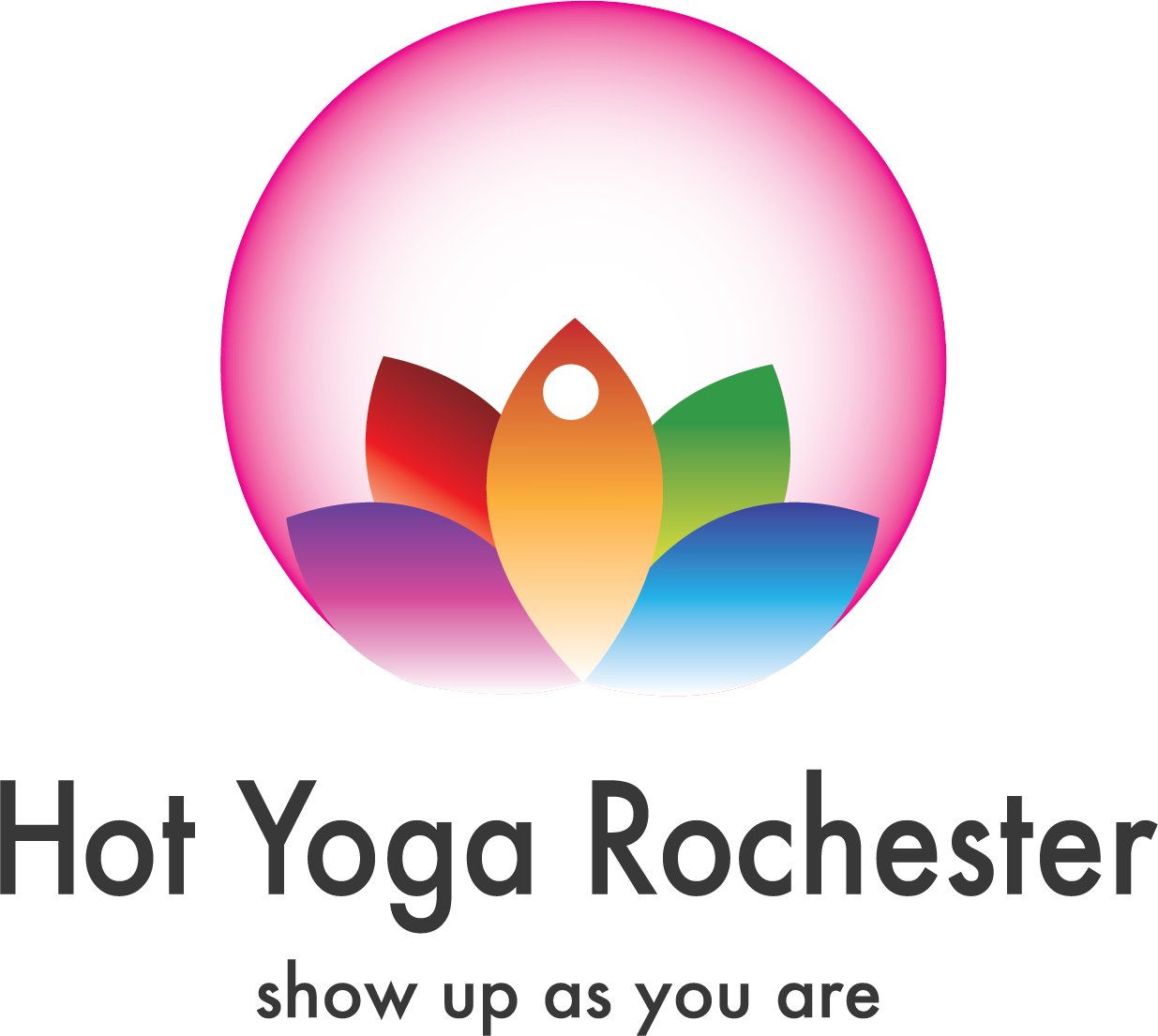Circular Breathing and Your Diaphragm
Most of us breathe in excess of our metabolic needs, learning to slow down breathing using the diaphragm as a gas pedal shifts gears as to how we witness the world around us. Feeling the diaphragm with our breath as we practice our yoga using all the parts of our body as a single breathing organism layers into our bodies programming a functional movement with our breath as an experience of life versus a means to an end. We find ourselves at the drivers seat!
Waking your diaphragm
Regulating emotions and memories happens through bringing awareness to them. Consciously using the diaphragm to breathe is mastering the Self as separate to the mind narrative. Internalizing the fact that we cannot ‘control’ what surfaces in thought simply guide and navigate direction. Capturing the moment as emotions and memories arise requires an internal understanding of being separate to thoughts and feelings. Seeing yourself as having an experience! This puts you the drivers seat of your life.
Your diaphragm is a nifty shaped muscle attached to the bottom of your ribs. It is basically the accelerator / gas pedal of your state / nervous system. The diaphragm is working with every breath, however we are looking at driving the diaphragm to contract and expand the larger alveoli at the base of the lungs, where most gaseous exchange takes place. Also you are charging the diaphragm to carry the chest versus hanging the chest from the shoulders. Picking up pressure off the neck and lower back. Quite literally not engaging the diaphragm is physically pulling us forward and down :(
How to breathe from your diaphragm in Bikram yoga:
We use the diaphragm to move air and expand into the back of the ribcage. This requires a pull in, coupled with a contraction of abdominal muscles. The expansion of the back side of the chest when breathing is a pick up out of the lower back as well as a support for the shoulders. The reality is shoulders hang from the top of the ribcage without abdominal muscle support of torso.
Diaphragmatic breathing offers several benefits to your body including:
One of the easiest ways to move lymphatic fluid through your system, which in turn helps to eliminate toxins. Unlike the circulatory system, the lymphatic system has no active pump to move the lymphatic fluid back into the bloodstream. Therefore, effective lymph flow depends on muscle and joint activity, especially if the lymphatic system is compromised.
The largest lymphatic vessel is nestled by the diaphragm:
Diaphragmatic breathing stimulates deep lymphatic flow.
The largest lymphatic vessel in the human body is the thoracic duct. This vessel drains the lower extremities, pelvis, abdomen, left side of the thorax, left upper extremity, and left side of the head and neck. That’s about 75% of the lymph from the entire body. The right lymphatic duct drains the rest of the body which includes the right upper limb, right breast, right lung and right side of the head and neck.
Lymph movement in the thoracic duct is mainly caused by breathing aided by the duct’s smooth muscle and by internal valves which prevent the lymph from flowing back. Please note video demonstration below of how to apply in Half Moon Posture.
Diaphragmatic breathing offers several benefits to your body including:
Helping you relax.
Improving muscle function during exercises and preventing strain.
Increasing how much oxygen is in your blood.
Making it easier for your body to release gas waste from your lungs.
Reducing blood pressure.
Reducing heart rate.
The mediastinum houses most circulatory structures.
Sternum reset, lung pump, spinal movement with ribcage sensory training makes a huge impact throughout our bodies ecosystem.
Taking your practice into your life off your mat is an art form. Celebrating your most balanced self.
And a bonus: it stimulates the hell out of the vagus nerve. A nitro shot to the parasympathetic system.
Everything gets easier when you can move in the mediastinum

